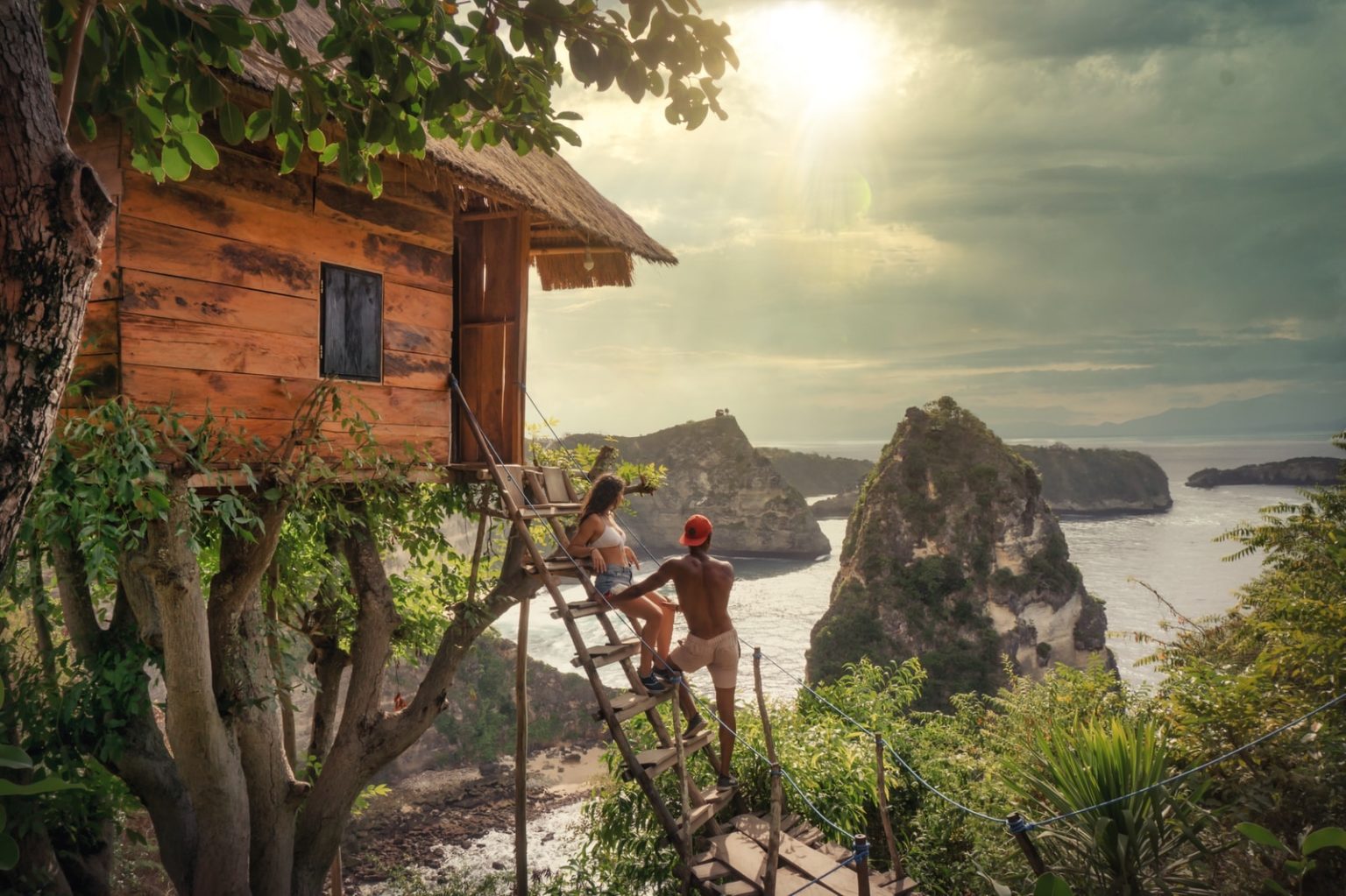If you wish your kids would spend more time outdoors and less time sitting on the sofa, build them a backyard treehouse. All you need is a sturdy tree or two, the right tools and a free weekend to create a treetop retreat that will be the envy of the neighborhood.
Not sure where to begin? The following tips can help you get started.
Pick your Location Wisely
An ambitious father who built an impressive treehouse for his two sons ended up fighting a protracted legal battle, after an anonymous complaint from a neighbor nearly resulted in the treehouse being torn down. So before you let your kids know about your lofty plans, make sure you clear the proper hurdles for building your treehouse.
Your neighborhood association may have restrictions about the type of structure you can build on your property, or you may need to acquire a variance from your county zoning board. Talk to your neighbors about your plans, and come up with a design that doesn’t infringe on their privacy. If you’re making a treehouse with windows, for example, they should overlook your own yard, not provide a clear line of sight to the neighbor’s swimming pool.
Once you’ve gotten the green light to build, you can choose between a freestanding tree fort and a treehouse that uses one or more trees for support. Designs run the gamut – from simple platforms designed for kids to structures large enough to accommodate adults.
Think about Safety
Unless you’re confident in your architectural prowess, your best bet for building a structurally sound treehouse is to use construction plans. Some other basic safety precautions you should consider are:
- Height. Build the treehouse in the lower third of the tree to minimize the risk of wind damage.
- Weight. Even if the treehouse is large enough to accommodate adults, will it be able to support the weight of multiple people?
- Fasteners. Don’t use a hammer and nails, or simple woodscrews, in construction. Use nut drivers and nut-and-bolt fasteners to reliably join lumber.
- Supports. When using auxiliary support beams, make sure to add concrete around the footings for additional stability.
- Fall prevention. If your treehouse will be accessible by ladder only, the ladder should be sturdy (not made of rope), ideally constructed at a slight angle so children aren’t climbing straight up. The ascent should be less than 10 feet, and the area immediately surrounding the treehouse should be covered in a thick layer of mulch to cushion falls. The treehouse itself should have protective railings at least 36 inches high, with gaps no greater than four inches.
Treehouse Maintenance
Just like your home, your treehouse needs routine maintenance to be functional and safe. If your treehouse has a roof, inspect it regularly for signs of damage or excess moisture, as moisture can cause wood to rot quickly.
Inspect the walls and floor of the structure for excess moisture, too. If you notice areas that seem to retain water, you may need to drill small holes that allow for ventilation and drainage.
Keep an eye on the tree or trees supporting your treehouse. If you see signs of insect damage, or notice limbs dying off, you should have an arborist inspect the tree to make sure it’s healthy enough to support the structure.
When you plan well and are mindful of safety, a treehouse can be a great retreat for kids who need to spend a little less time in front of the television.




